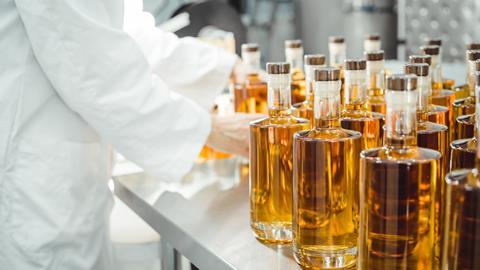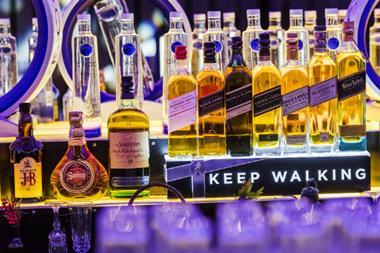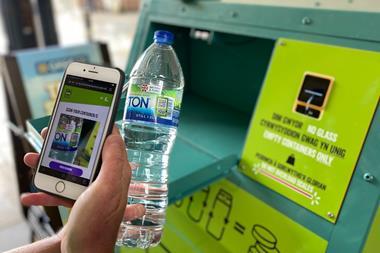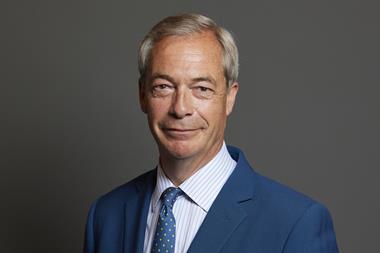Calorie labelling on alcohol will not tackle alcohol abuse. Yet some health lobby groups claim it will significantly help and, following fresh consumer research, are weaving the line into the health narrative.
According to YouGov, more than half of UK consumers want calorie labelling on their beers, wines and spirits. While this might save Brits minutes of Googling when deciding whether to have that large glass of wine after a heavy dinner, it’s unlikely stop them from cutting out booze completely.
The UK is undeniably grappling with an obesity crisis, with nearly one in three of us classified as obese, according to an Institute for Government report. Anything to inform and educate consumers on the potential health impacts of what they eat and drink is a positive step towards tackling this issue.
Putting calorie counts on alcohol, however, is an unlikely salve for alcohol abuse overall. Cutting alcohol out completely is the only remedy for related illnesses and diseases – such as some cancers – and deaths, a 2021 Lancet Oncology study showed.
Deaths caused by alcohol rose 89% from 2001 to 2021, National Audit Office figures highlight, with alcohol-related harms costing the NHS £3.5bn annually. Britain has a drinking problem, it is argued.
Many alcohol producers already pack labels with health info
The Alcohol Health Alliance claimed deaths from alcohol have reached a record high and “every week the government fails to act, another 490 people die”.
Displaying volume and strength (in abv) and common allergens are currently the only booze labelling requirements. The government has delayed plans to launch an alcohol labelling consultation, previously set to occur in 2020. The AHA wants this back on the table and is using consumer research to gain politicians’ attention.
But what did Brits say in the poll, and what have alcohol makers already done?
Over three-quarters of the 12,000 adults polled want to see the number of alcohol units displayed on pack; 56% believe there should be a pregnancy warning; and 51% want nutritional labelling, such as sugars and calories.
More labelling on alcohol packaging is possible. If enforced, alcohol companies would undoubtedly comply with limited fuss. In fact, 47% of booze brands from leading UK makers already displayed calorie information on their labels, The Portman Group said in 2021.
The low & no-alcohol movement is quickly growing
At the time, 79% also carried the latest UK CMO drinking guidelines; 99% displayed a pregnancy warning; 94% showed unit information; and 93% a responsibility message or Drinkaware logo.
Additionally, big players like Diageo, Pernod Ricard UK and Heineken have tight corporate social responsibility rules in place to prevent advertising messaging encouraging irresponsible drinking. They are also producing alcohol-free alternatives in abundance.
Brits are consuming more low & no-alcohol products than ever. Just this month, Tesco said low & no-alcohol beer sales were up 25% in June compared to the start of the year. Guinness would also triple production of its 0.0 variant due to rising demand. And half of UK adults bought low & no products in 2022, bolstering overall category volumes by 9%, IWSR stats showed.
So, what more would mandatory calorie labelling on alcohol packaging do, especially if near half of products already display the information?
It seems lobbyists won’t be happy until booze adverts are banned, and products are sold in unbranded packaging from behind a curtain.




















No comments yet